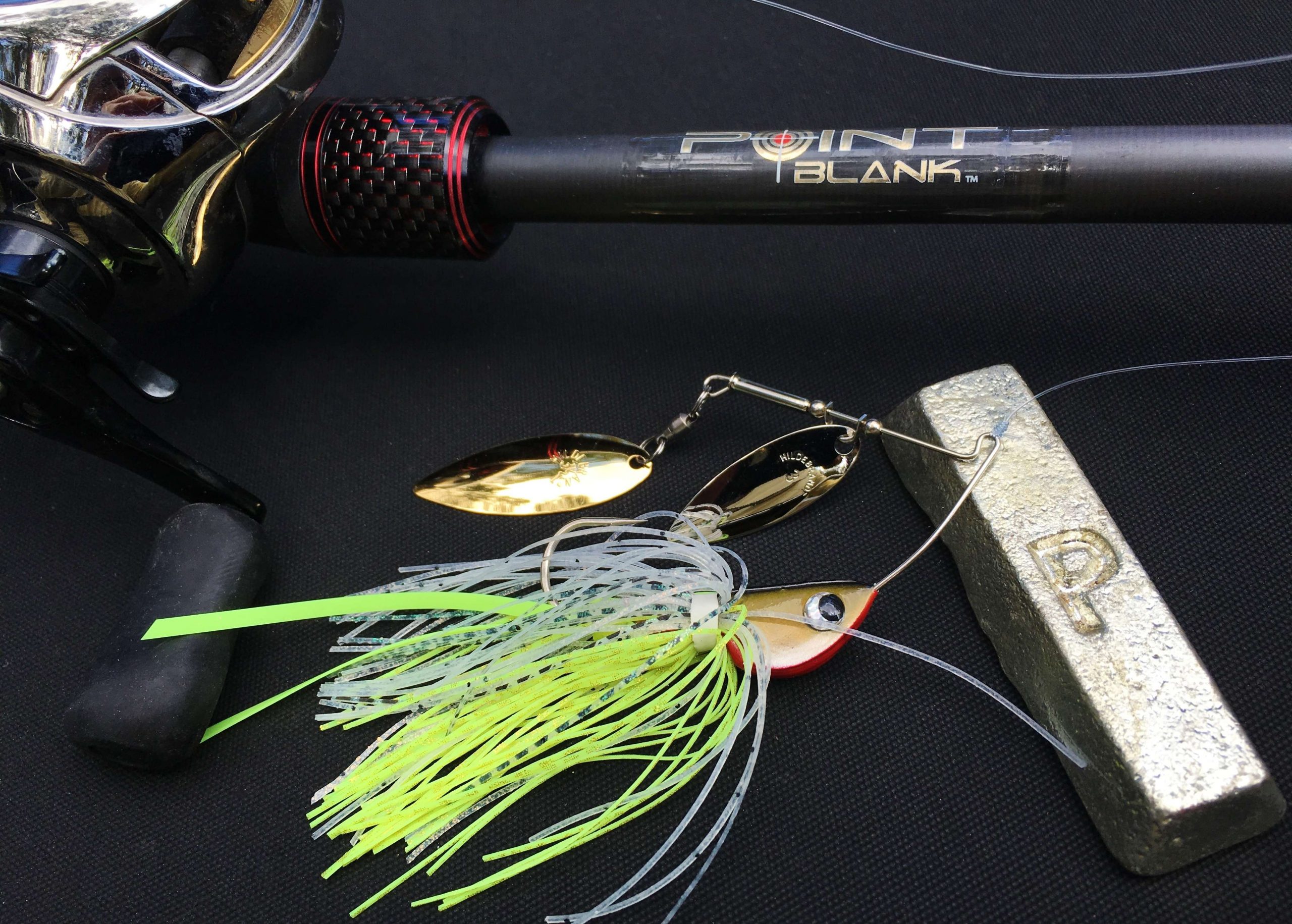
Early in my career, I learned some valuable lessons on spinnerbait fishing — how they could produce in a variety of situations, under varying conditions. And that included certain clear water applications.
However, it wasn’t until I learned the specifics of Rick Clunn’s approach that I truly grasped the full potential of a spinnerbait in clear water. He took the concept to a whole new level.
At that time, most bass anglers considered spinnerbaits tools for stained water. About the only time they were used in clear water was when the cover was too thick for other moving lures or the skies were overcast and breezy. Of course, there were exceptions. But that was pretty much the norm.
Setting the stage
Because I was raised in Florida, I knew firsthand how well spinnerbaits worked on clear, grassy lakes — places like Okeechobee and the Kissimmee Chain. The strategy was simple. Keep the lure moving above the fish throughout the retrieve. If you allowed them any time to study the bait, they would likely refuse it.
I also learned how to use wind to my advantage. A stiff breeze would create a grain in grass, which would then form narrow alleyways through which to retrieve the lure. And I caught a lot of fish using those alleyways.
Back then we didn’t have Power-Poles. So, when the wind blew, we used windsocks to slow the boat’s drift speed. As the boat slid over the grass, we made our casts downwind — retrieving the spinnerbait high in the water column, through any openings in the grass. It was a simple approach, and it still works to this day.
The spinnerbaits we used most were tandem models — either tandem willow or Colorado-willow combinations. Blade finishes were nickel, gold or a combination of the two. Blade size ranged, depending on the size of the forage. Skirt colors were basic, too — usually white or white mixed with chartreuse.
It wasn’t until after I learned of Rick Clunn’s approach to fishing spinnerbaits in clear water that I gave serious thought to cosmetics or optional retrieves.
Clunn’s concept
This was in 1986, and Rick had just won the U.S. Open on Lake Mead using a spinnerbait in ultra-clear water — on a desert impoundment with virtually no cover.
Rick found his fish holding in submerged bushes well away from the bank. It was while trying a variety of lures and presentations to coax those fish that he made his discovery — which was how to use the cover to conceal his lure throughout most of the retrieve. And a spinnerbait proved to be the most efficient of those he tried.
According to Rick, the key was determining the fish’s position as it related to the bush, then plan his casts so that the spinnerbait remained unnoticeable until it reached the target. Once it became visible to the fish, he would then accelerate the retrieve — making the lure appear as though it was trying to escape. That triggered the strike.
He explained how the fish could “feel” the lure approaching. Even though they couldn’t see it, through vibrations they sensed its presence. When the spinnerbait would appear, then streak away elusively at a high rate of speed, they would chase it down nearly every time.
That, my friends, is a pattern within a pattern.
My spin
When Rick realized his clear-water technique, spinnerbaits were basic in design. Most were made by jig makers, so they incorporated typical jighead profiles with added wire frames to support the blades. Few had lifelike attributes.

Seeing an opportunity, I decided to develop a head design that closely matched the finny forage bass commonly feed on. I wanted a fish-head profile with accentuated eyes and gills. I also wanted a skirt that graded from dark to light vertically — like the coloration of real baitfish. Eventually I came up with a design that fooled fish consistently, and I shared it with Hildebrandt. It’s called “The Blade,” and it was so successful, they’re still in demand today.
As desire for lifelike spinnerbaits increased, I began designing others for Hildebrandt. My favorite is the “Tin Roller” — a tandem model molded with pure tin that features all the elements required to fool fish in ultra-clear water, and it tracks true at any speed.
Nowadays, most spinnerbaits feature lifelike attributes. And I suppose I should be flattered by the number of similar designs that followed mine. But it was Rick Clunn that led me to the drawing table — and for that, I am eternally grateful.
Thanks Rick, for giving more life to such an abstract lure … and for sharing your vision. Your lessons have made us all better anglers.

